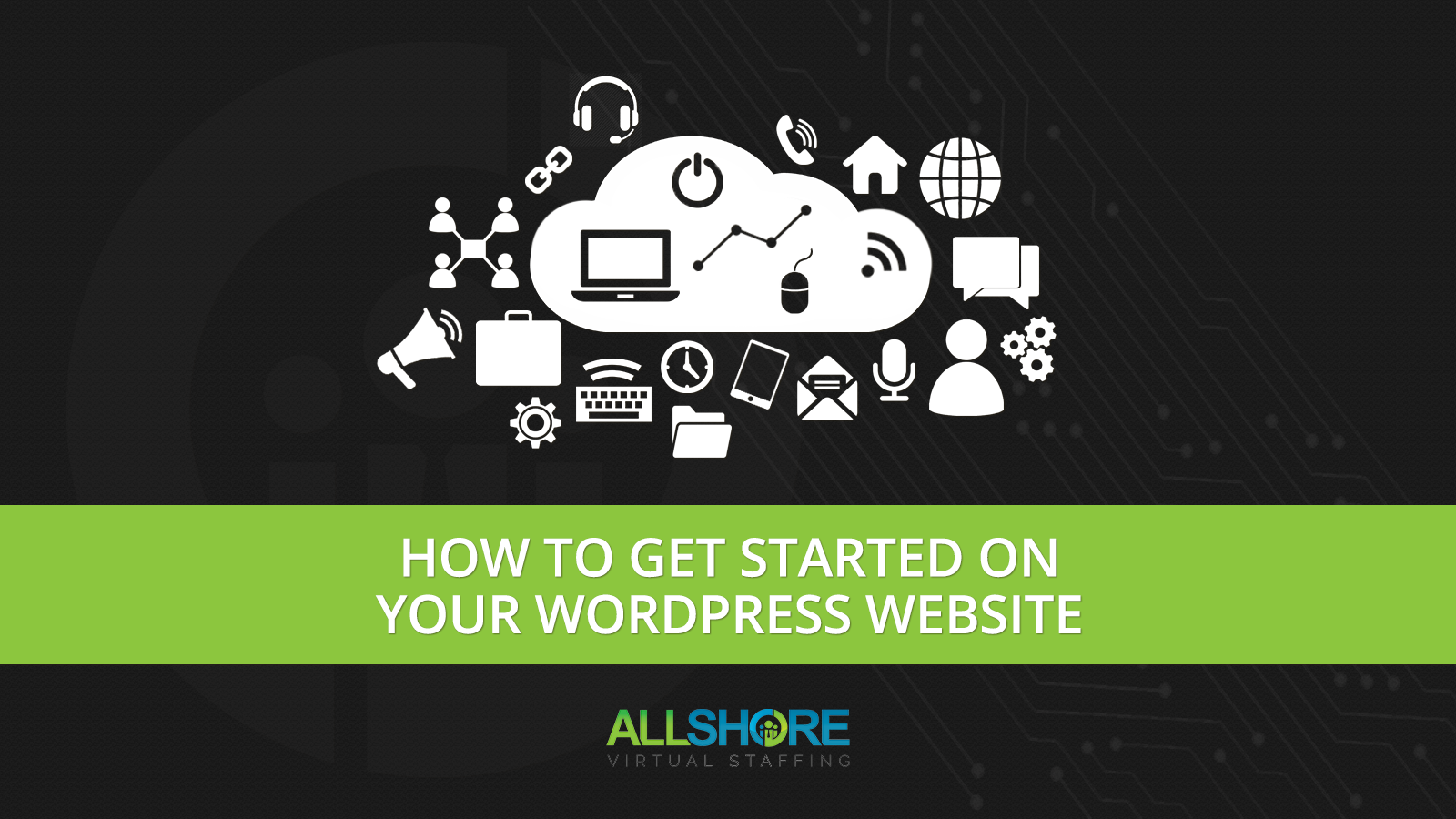HOW TO Get Started on your wordpress website
WordPress is simple and efficient option for powering your website. Born as a blog writing platform, WordPress has developed thousands of themes and plugins that now allow you to use it to build and power portfolios, blogs, resumes, e-commerce and business sites, and forums and social networking sites. We’ve put together a guide to help you learn how to use these tools to power and build your own site.
Step 1: Domain Name and Hosting
The first step in building your WordPress site is to find a domain name. Your domain name should reflect your website’s purpose and be brand-able. Consider the length of your domain name – a shorter name is catchy and easy for your target audience to remember.
You will also need to find hosting. If you are new to this technology, you should consider shared hosting. If you are experienced, however, managed WordPress hosting may be a better option for you.
Step 2: Website Configuration
To begin configuring your website, go to “yourwebsitename.com/wp-admin” and fill in the login form using the username and password that you previously used during the WordPress installation process. Once you’re logged into WordPress admin, you will see a menu on the left side of the screen displaying sub-menus. Hover your cursor over any item from the menu to find configuration options. Among these options will be features allowing you to change your website’s appearance, add or remove plugins, and create web pages.
Step 3: Add Content
Factual, quality website content generates traffic and boosts your business. To add content, select “Add Posts” underneath the “Posts” on the main menu. From here, you can write a post in the Visual Editor or the HTML editor.
After you’ve added your posts, you can add photos and videos to capture your users’ attention. WordPress also allows you to add captions, titles, and text to each image or video, optimizing your SEO results.
Finally, WordPress allows you to divide your content into different categories by selecting “Categories” on the main menu. Here, you will be able to organize content and add “slugs,” or links to other posts of the same category within your website.
Step 4: Profile
Adding your profile is an optional step that allows you to add your information and share the social media links for your website. While this step is not required, it is recommended to help you reach as many users as possible.
Conclusion
WordPress is a simple and easy to set up CMS and can be a great asset to your business.



